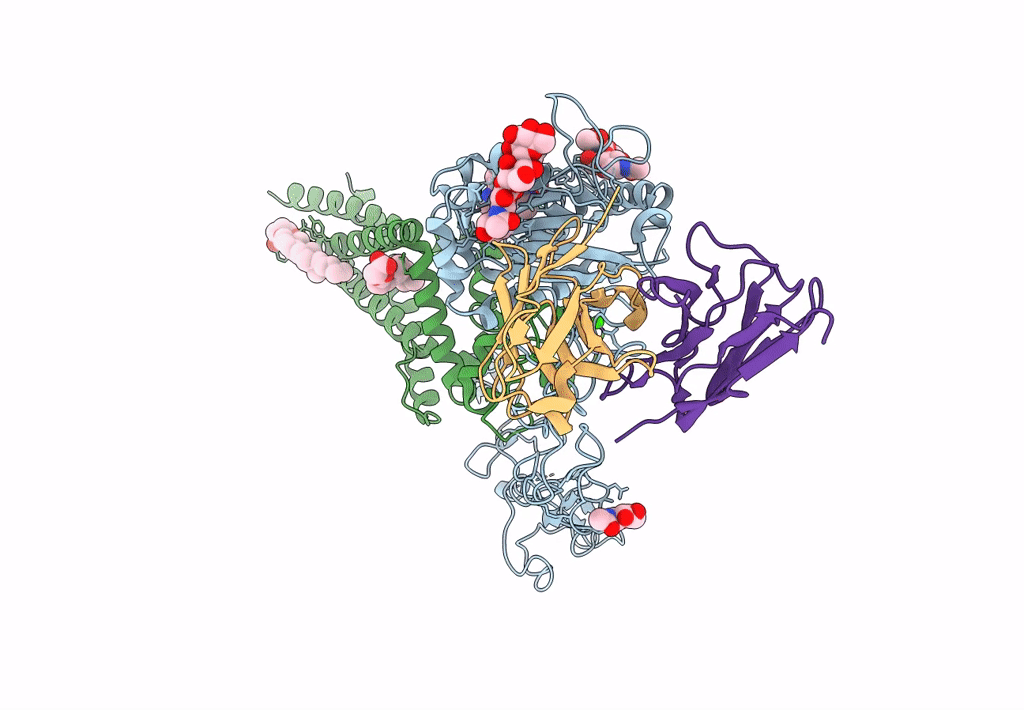
Deposition Date
2022-10-14
Release Date
2023-06-14
Last Version Date
2024-11-13
Entry Detail
PDB ID:
8ESV
Keywords:
Title:
Structure of human ADAM10-Tspan15 complex bound to 11G2 vFab
Biological Source:
Source Organism:
Homo sapiens (Taxon ID: 9606)
Mus musculus (Taxon ID: 10090)
Mus musculus (Taxon ID: 10090)
Host Organism:
Method Details:
Experimental Method:
Resolution:
3.30 Å
Aggregation State:
PARTICLE
Reconstruction Method:
SINGLE PARTICLE


